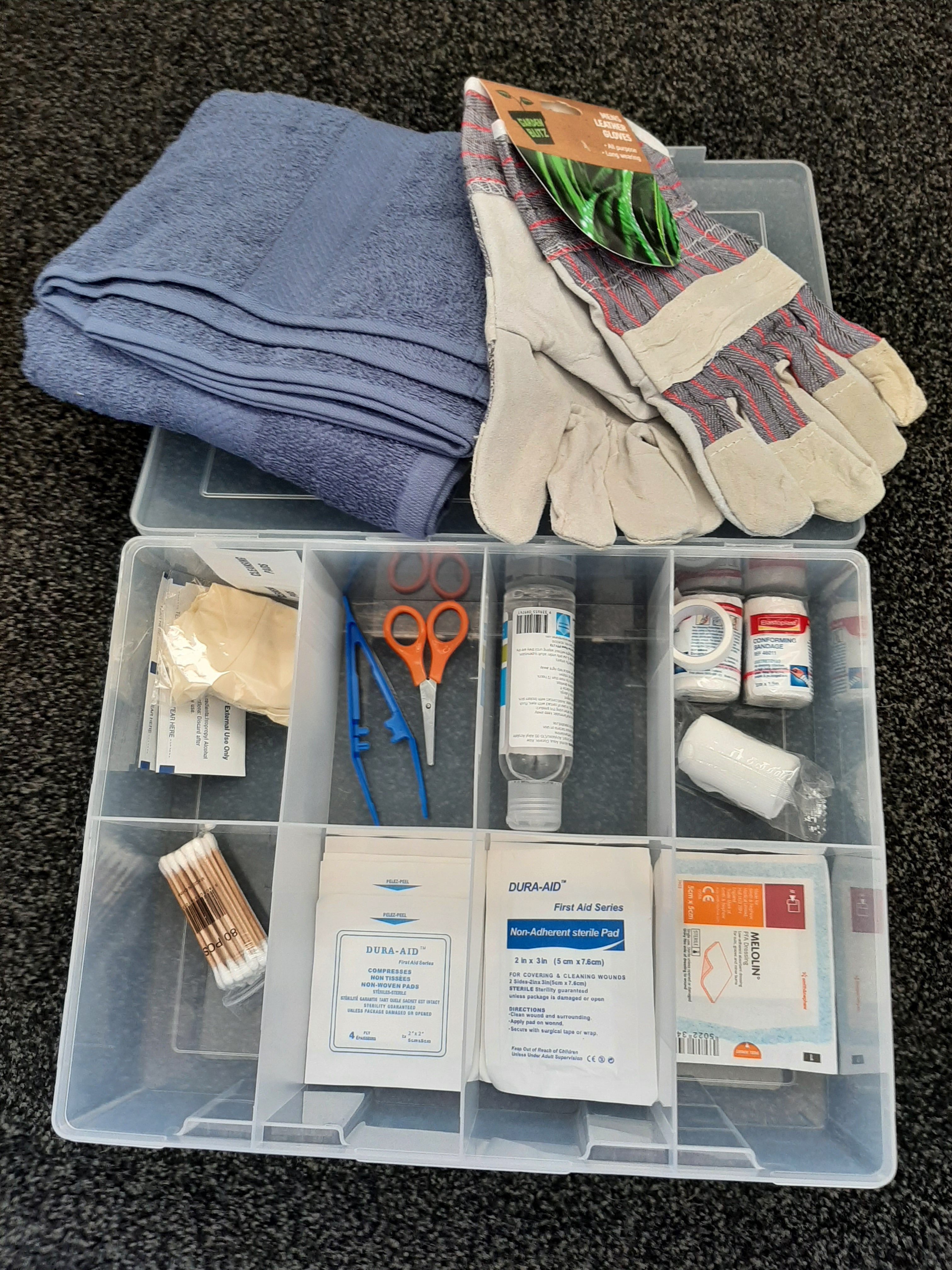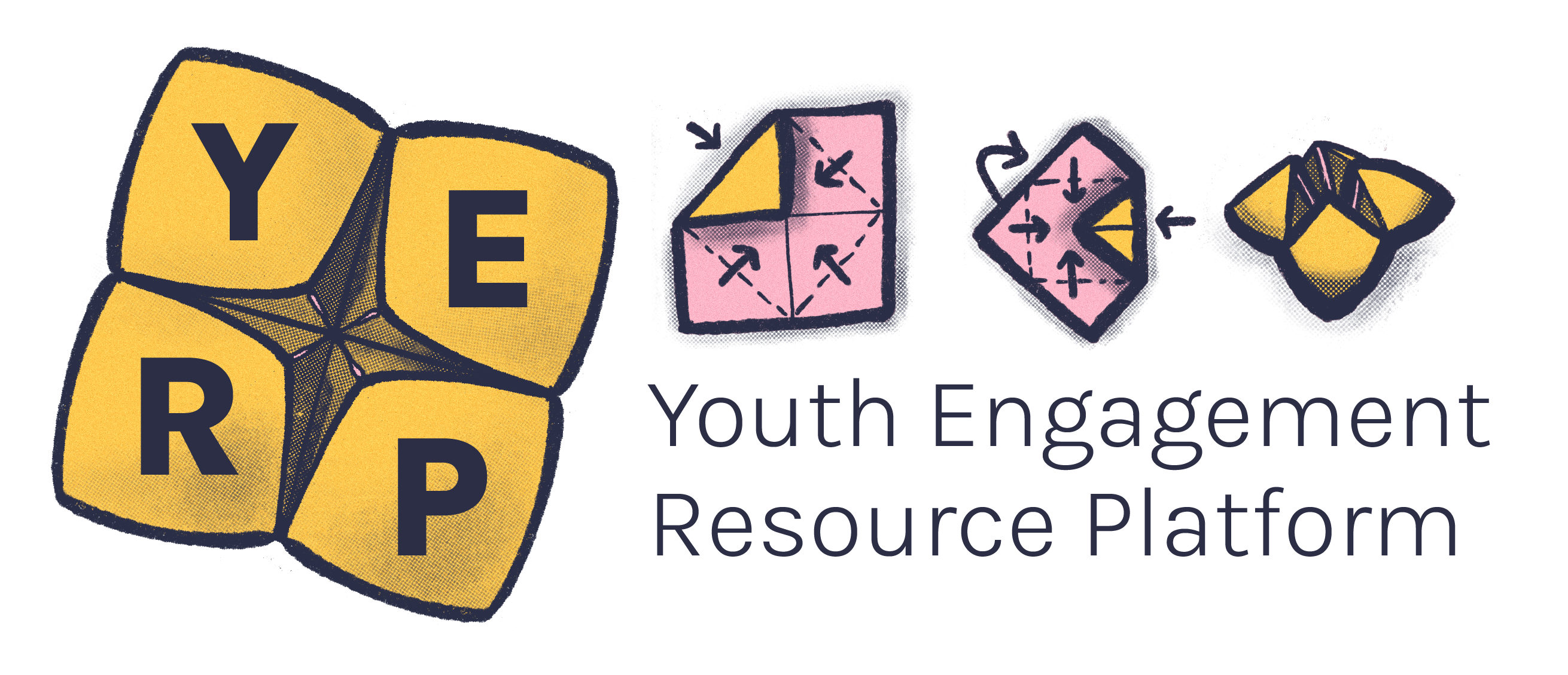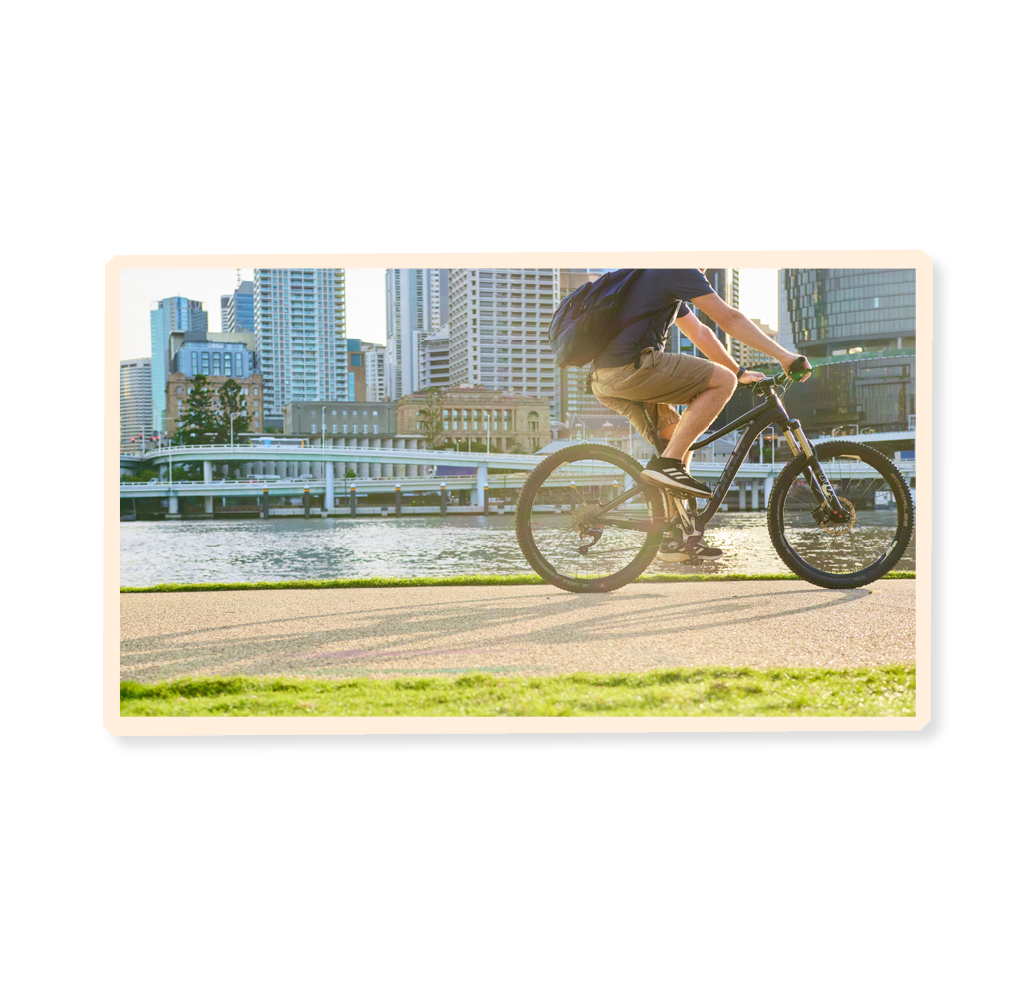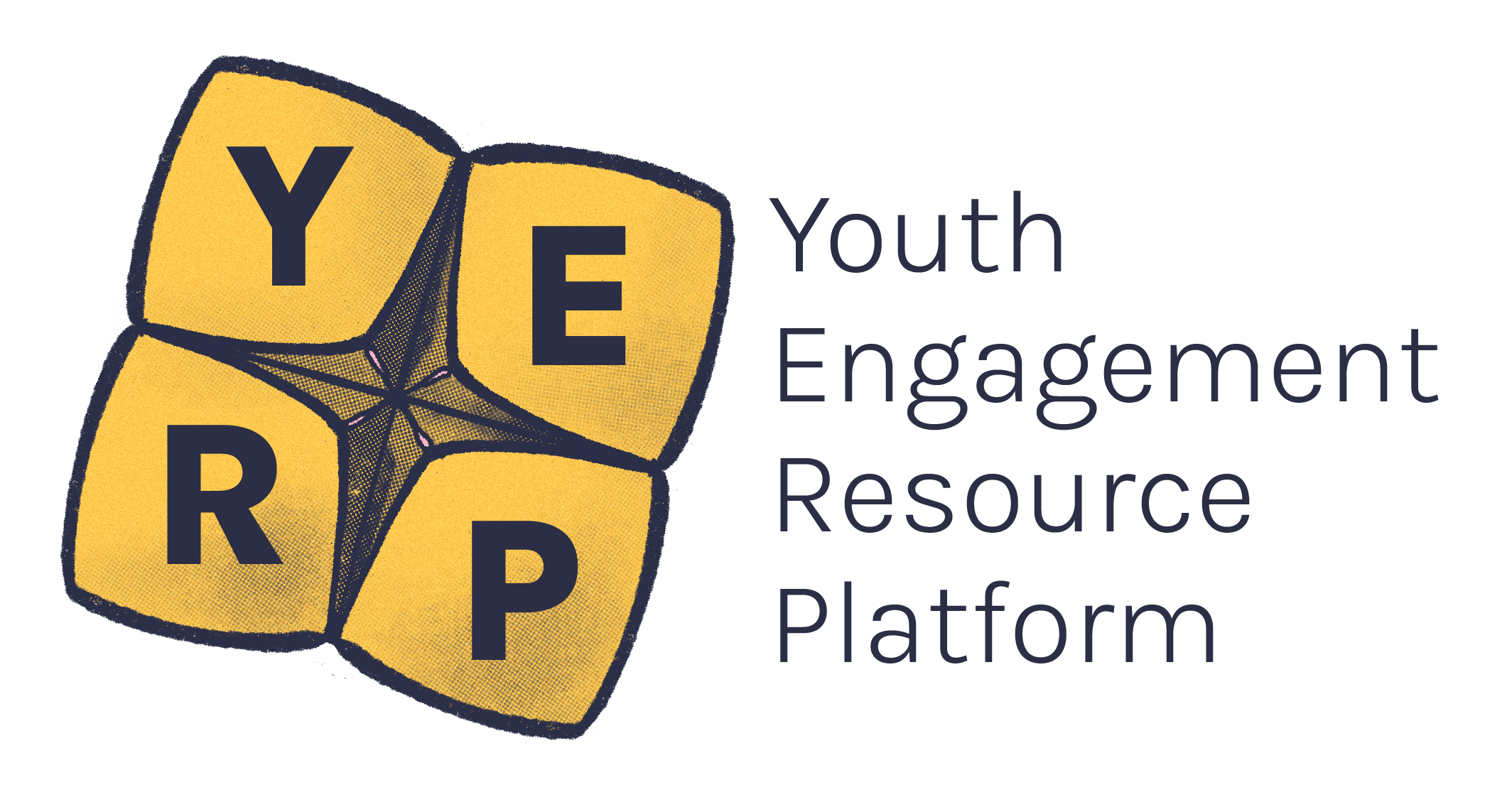Have you heard of quiet activism?
Traditional activism is usually associated with loud, public protests. These forms of activism are definitely impactful, but they aren’t the only option.
Quiet activism is about the creative and collaborative ways everyday people use for climate action or other social justice issues.1 It’s about actions at the local scale that make a difference, and give people a sense they are contributing to climate justice and minimising the risk of future disasters.1
Composting is a great way to personally minimise the amount of greenhouse gases that enter the atmosphere.
Did you know
When organic waste (like food) is thrown in the bin and sent to landfill, it cannot decompose, or breakdown properly. When this happens the food rots, and releases methane. Methane is a more potent greenhouse gas than carbon dioxide and once it’s released into the atmosphere, it contributes to the warming of our planet.2
- Composting stops this organic matter from going to landfill
- It allows it to decompose properly with the help of microorganisms and oxygen and therefore reduces the amount of greenhouse gases released into the atmosphere.2
Now, for rural and regional young folk, composting may be part of their everyday life, as well as growing their own food and having animals that supply necessities like eggs and milk.
Therefore, these actions for rural and regional young people aren’t necessarily forms of activism but they are actions that contribute to climate justice and living a less impactful life. They can be considered quiet activism, or they can just be how you live.

Close-up of a homemade compost pile in an old tyre. Inside are various fruit and vegetable scraps, and egg shells.
Repairing and upcycling clothes means they have a longer life and keeps them out of landfill.
Mending has resurfaced over the last few years as part of the slow fashion movement and people are using it as a way to consume less and take a stance against the fast fashion industry.3
Mending encourages valuing the clothes you own instead of buying new items every time you go out. Upcycling clothes is about giving them a new life, for example making shorts from an old pair of jeans or using old tops to sew pockets onto old t-shirts.
Remember, if you no longer have the need for some clothes, you can donate them to your local charity or op-shop. This keeps them out of landfill.

Close-up from behind of a young person mending a gingham shirt, by hand with a needle and thread.
Private transport like cars, usually have greater impacts on the environment than trains, trams, buses and ferries. This is because cars can’t move large numbers of people like the other forms of transport can. Motor vehicles, like cars, also produce two types of emissions that impact on the environment:
- greenhouse gas emissions and
- air pollutant emissions.4,5
As a form of quiet activism, more and more people are opting for options like public transport, walking, cycling, e-scooters or electric vehicles.
Walking and cycling are the most energy efficient ways of getting around, but they don’t always work for everyone, especially if you live in rural or regional areas and need to travel out of your community.
That’s when public transport, e-bikes, and e-scooters are a great option. Public transport options are still limited in rural and regional communities and so another great option is electric vehicles, with more and more charging stations popping up across the state.6
All of these examples are acts of quiet activism, the small, every day and personal ways that people try to be less impactful on the climate.

Full length shot of a Melbourne tram, with a few passengers in the background.
Due to the effects of climate change, we are seeing more frequent and severe disasters, and as young people it’s easy to feel overwhelmed. But there are many forms of quiet activism you can do to prepare you community, and contribute to rebuilding and resilience after a disaster.
Some examples:
- Volunteering for your local CFA or SES.
- Helping to prepare your backyard for bushfire seasons by collecting dry leaves, cleaning out your gutters and even planting Australian native plants in your garden which have adapted to our harsh climate and can survive bushfires.
- Supporting Indigenous practices of cultural burning and fire management and advocating for them in your local community.
- Start conversations with family and friends about the disasters you’ve seen in your communities over the recent years – never forget the power of conversations!
- Speak with your local council, CFA or whoever is in charge of disaster protection in your local community about what’s in place for farm animals during a disaster.
- Create an animal first aid kit for use after a disaster occurs. Animals are affected by disasters and often displaced, hungry and scared. Your kit could include water, food, blankets, boxes (to transport them in).
Flatlay of an animal first aid kit created by a young person after the Black Summer bushfires. It includes a towel, gloves, various types of bandages and gentle cleaning materials, tweezers, scissors and sanitiser.

♫ Slow instrumental intro music plays ♫
Chloe: In my life, I have grown up with animals and like, I was a little bit of the outcast.
So I always relied on animals for like my communication or like to talk to, [laughs] which is a little bit odd, but they were there and they don't judge you for what you say and stuff like that.
My Activators project is about teaching first aid to the youth to empower them to take that step when they see an injured wildlife or they get an injured pet.
What I hope you will get out of the first aid course is not only knowing first aid for your own pets but for wildlife as well, to take that step and engage and know how to help them when they need it.
Animals, nature and our health is all the same. Don't compare it, because we're all just as important. We should all take care of ourselves as equals.
Everyone needs the same amount of help somewhere in this life.
Following the Black Summer bushfires, YACVic and the RSPCA supported young people in bushfire-affected communities to run recovery projects through the Activator program.
Chloe used skills she learned from GippsTAFE in Bairnsdale on Gunaikurnai Land to create wildlife animal first aid kits and training.
Remember there is no right or wrong way to make a difference.
- Your climate activism can look and feel like whatever works for you.
- Quiet activism is a form of activism, and it is impactful.
- If millions of people start riding bikes everywhere, or start compositing, it will contribute to reducing the effects of climate change and disasters.
Quiet activists are “quiet in their voices and public exposures but use their passion to fight for justice in alternative ways”.7
What ways are you going to use your activism?
- Steele, W., J. Hillier, D. MacCallum, J. Byrne, and D. Houston. Quiet Activism: Climate Action at the Local Scale. NY: Springer International Publishing; 2021.
- Department of Primary Industries and Regional Development. Composting to avoid methane production – Western Australia. September 9, 2022. Accessed May 24, 2024. https://www.agric.wa.gov.au/climate-change/composting-avoid-methane-production-%E2%80%93-western-australia
- Earth.Org. How Repairing Clothes Slows Down Climate Change. 7 December 2022. https://earth.org/how-repairing-clothes-slows-down-climate-change/
- Green Vehicle Guide. (n.d.) Vehicle emissions. https://www.greenvehicleguide.gov.au/pages/UnderstandingEmissions/VehicleEmissions
- NSW State of the Environment. (n.d). Transport. https://www.soe.epa.nsw.gov.au/all-themes/human-settlement/transport
- Energy, Environment and Climate Action. (7 May 2024). Electric vehicle charging locations. https://www.energy.vic.gov.au/renewable-energy/zero-emission-vehicles/electric-vehicle-charging-locations
- TEDxEarlhamCollege YouTube page. The Quiet Activists. March 2020. Accessed May 28, 2024. https://www.ted.com/talks/lan_phan_the_quiet_activists





